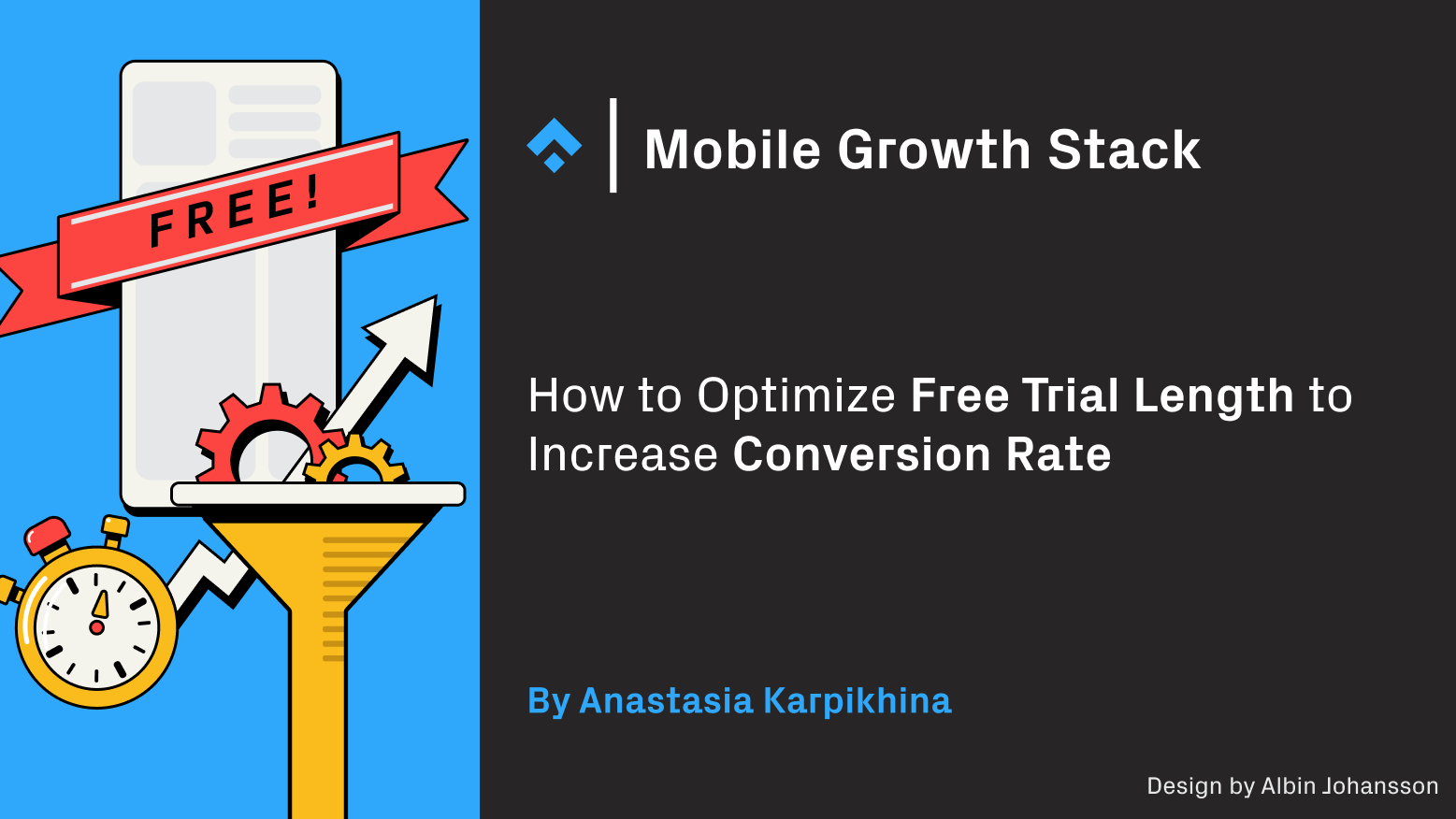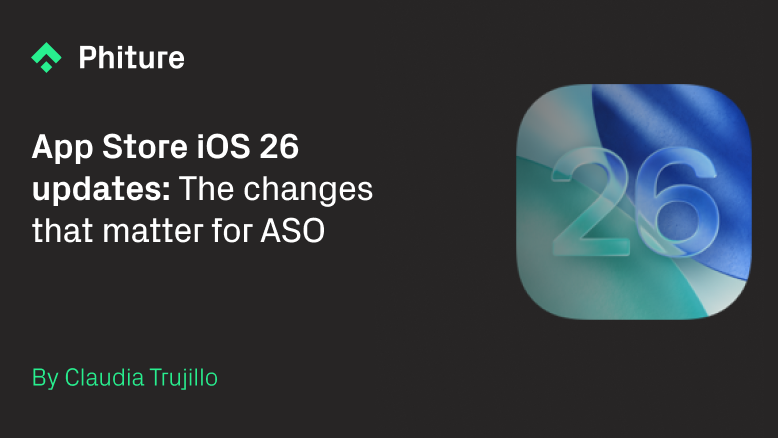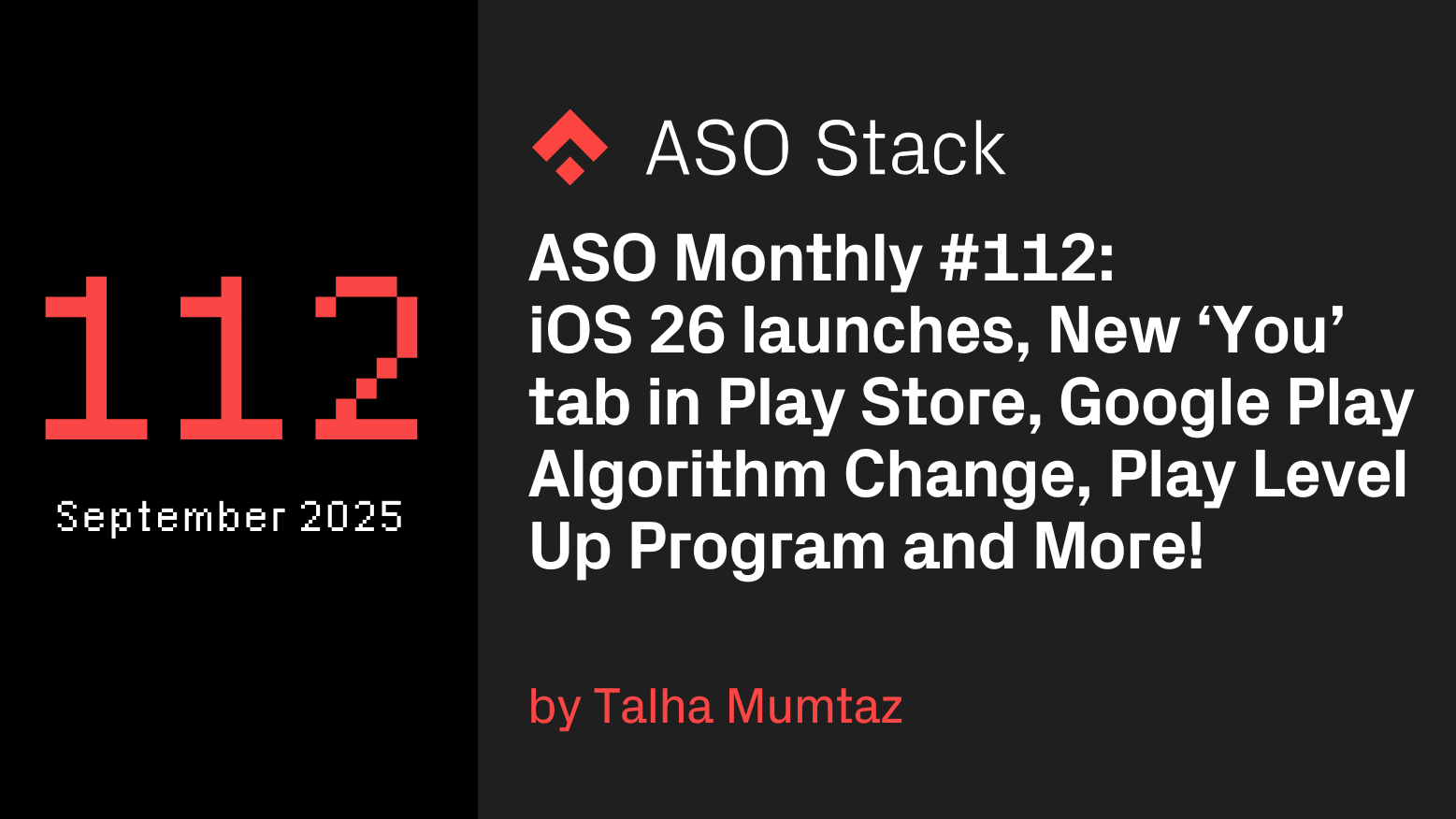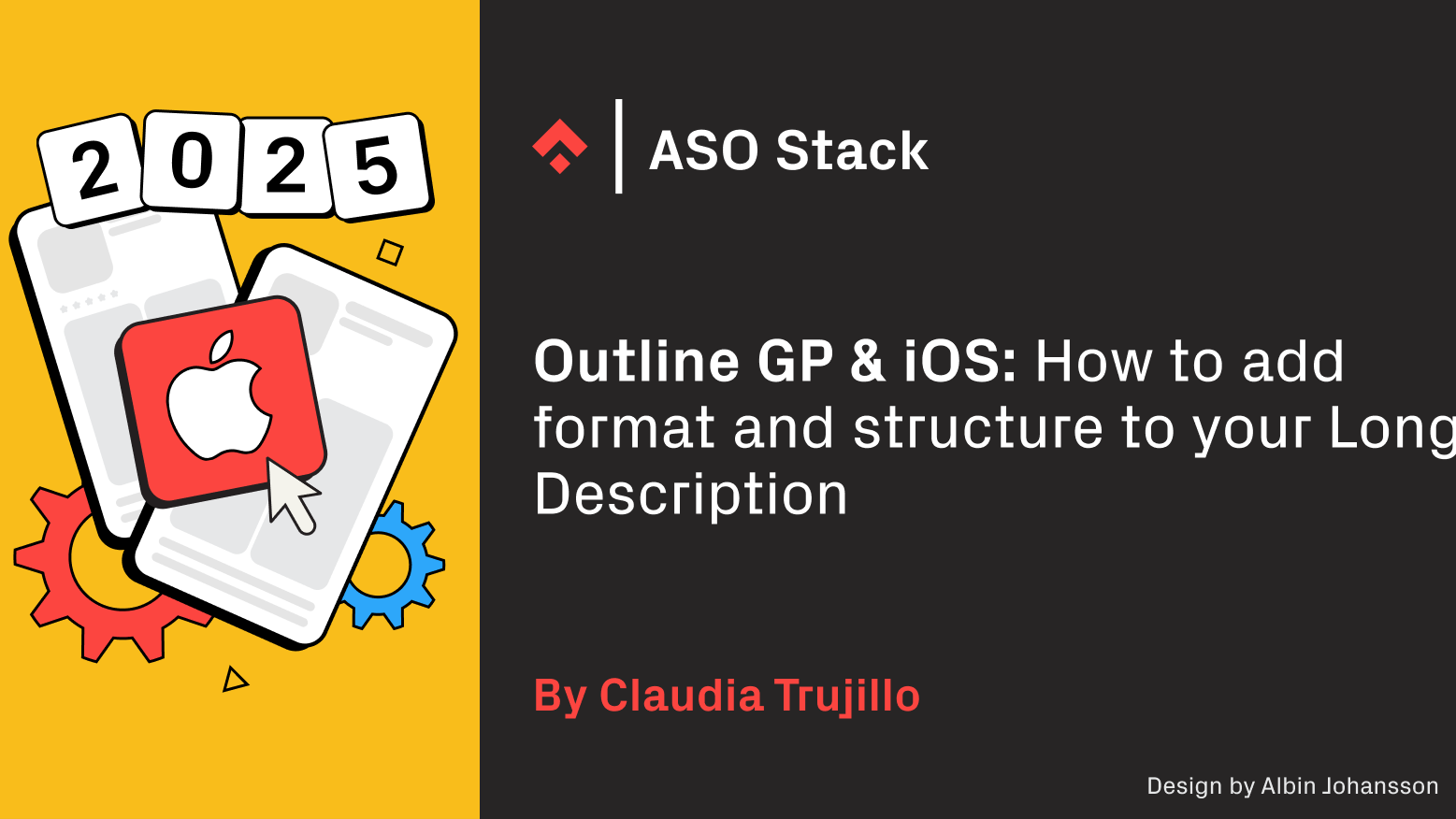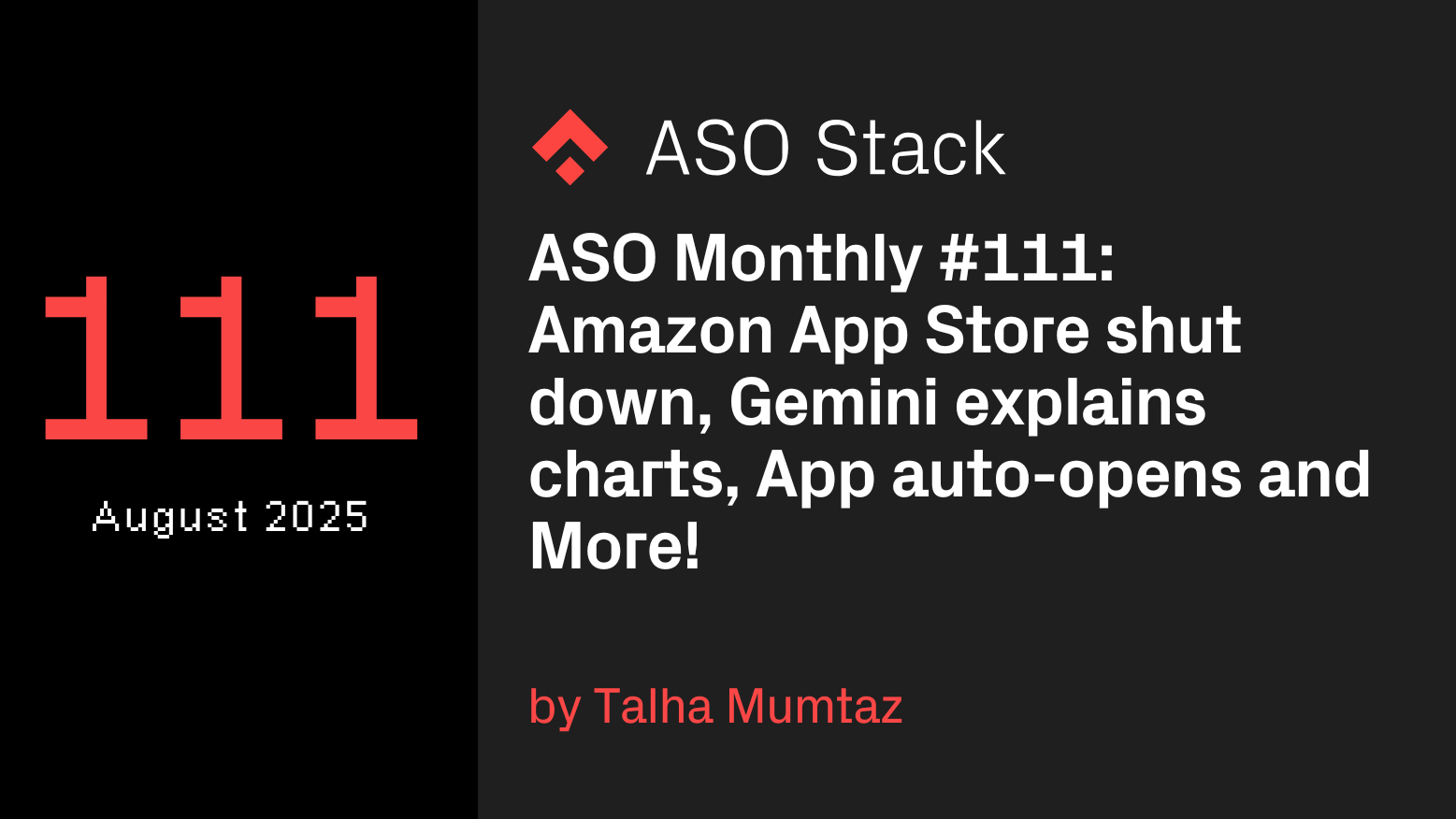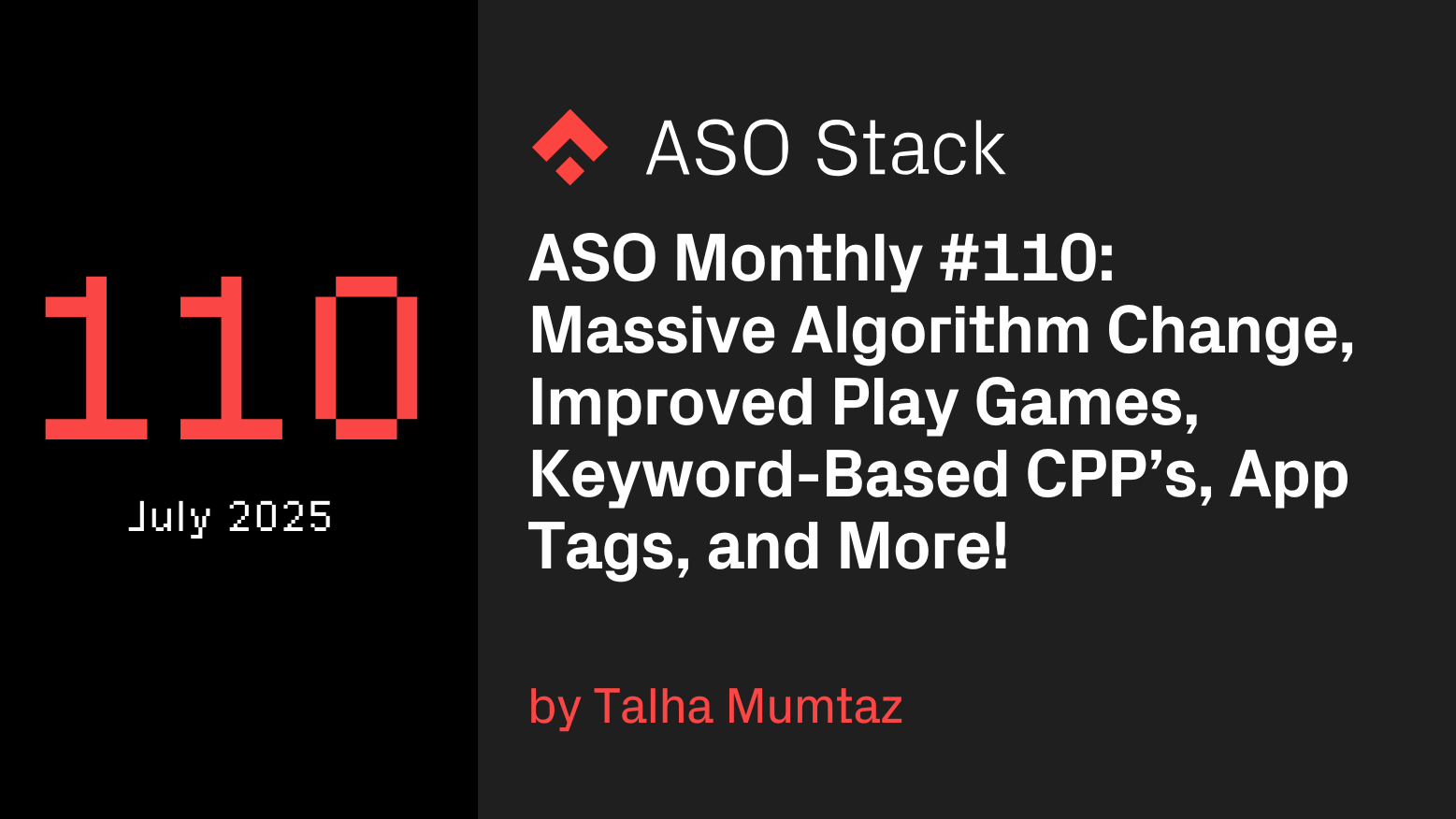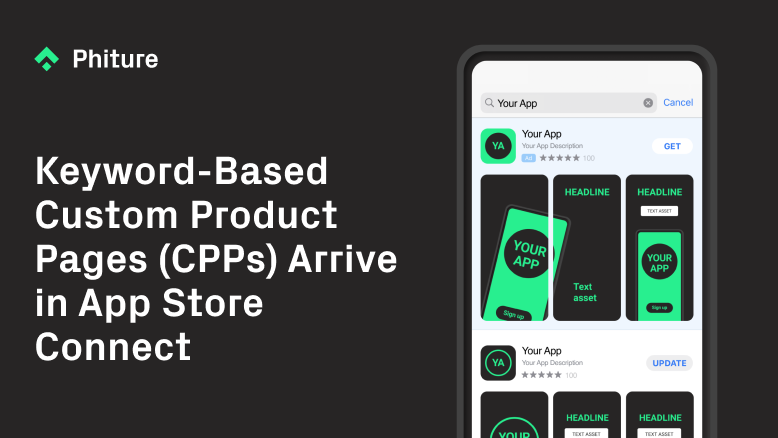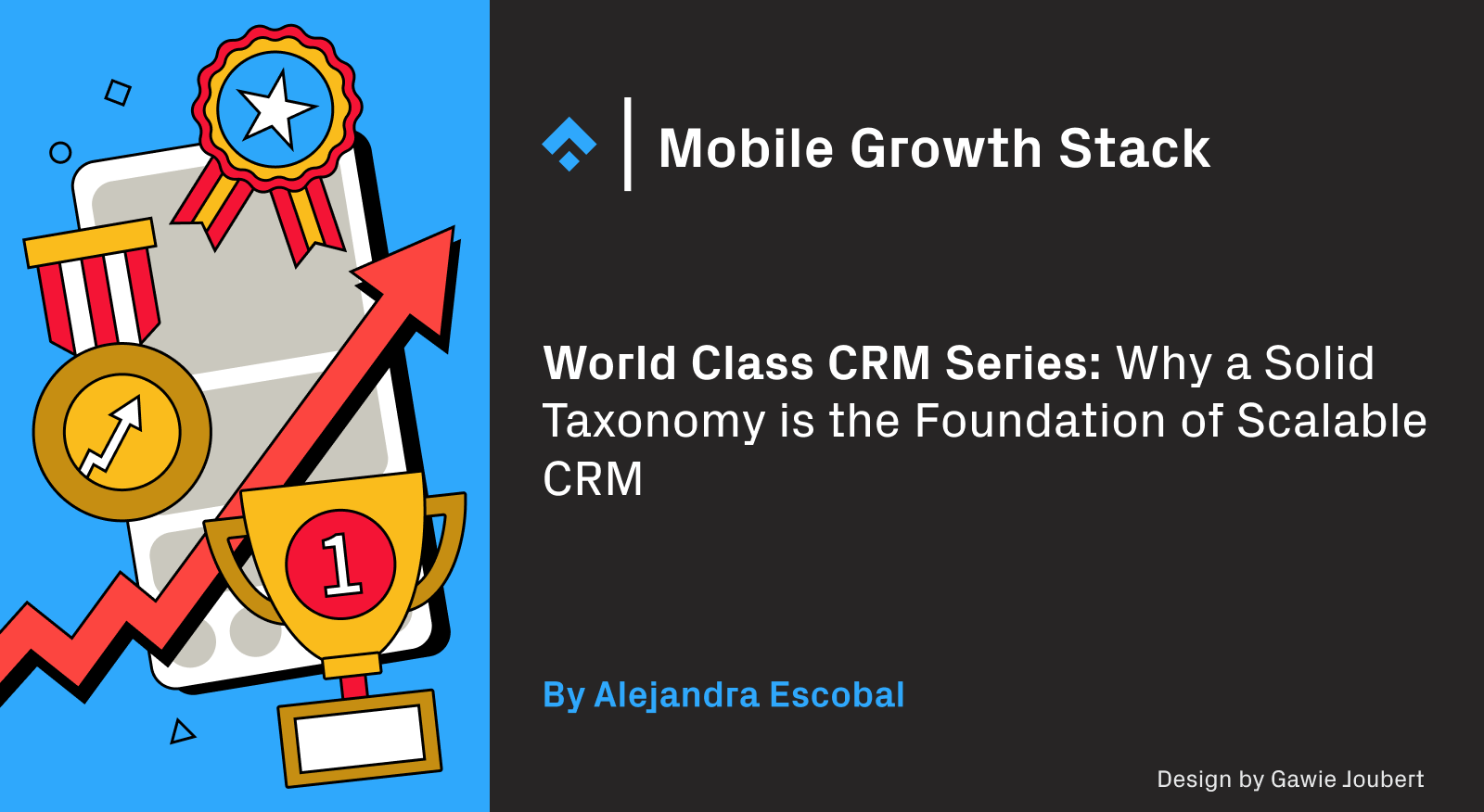
Have you ever been asked whether it’s possible to target a campaign to users who’ve completed a specific action in your app, like “started a free trial but haven’t used the product in 7 days”?
Instead of scrambling for answers in front of leadership or digging through tools for event names, imagine having a centralized, clear document that outlines every user event, attribute, and deeplink, with naming rules and data sources. That’s the power of a CRM taxonomy. It’s not just a nice-to-have; it’s the foundation for scalable lifecycle marketing.
This article is a bite-sized continuation of our “What makes a world-class CRM?” series.
What Is CRM Taxonomy?
CRM taxonomy is the classification, standardization, and documentation of all the user-related data points that power your campaigns, including events, event properties, user attributes, and deeplinks.
When done well, it helps CRM teams:
- Understand which actions and user properties are available to use in journeys, triggers, and segmentation
- Use those signals consistently across flows, platforms, and teams
- Scale personalization with confidence
- Align with Product, BI, and Tech on naming logic and event ownership
- Spot data gaps that could unlock future campaign opportunities
Beyond user data, it’s just as important to apply naming conventions to campaigns, segments, and tags to ensure clarity across your CRM platform.
A good taxonomy not only powers execution but also improves operational hygiene. Naming logic helps reduce duplication, simplifies onboarding for new team members, and unlocks better analytics downstream. By tagging and categorizing correctly, you enable meaningful insights that go beyond vanity metrics.
What Happens Without It?
Picture this:
- You’re launching a campaign, but no one can agree on whether the event is OnboardingCompleted or Finished_Onboarding
- A report pulls mismatched event names, and leadership questions the data
- You find out, too late, that the attribute you used was deprecated months ago
- Your platform is cluttered with duplicate tags, segments, and events
Without a clear taxonomy, personalization fails, reports break, and team velocity slows to a crawl. What’s more, strategic decisions start to erode. If teams can’t trust their behavioral segments or targeting conditions, the appetite for innovation fades, and decisions become reactive rather than data-informed.
How to Set It Up (and Keep It Alive)
Define the Naming Rules. For example:
- Events → Title Case (Purchased Product)
- Event Properties → snake_case (product_category)
- User Attributes → camelCase (isSubscriber)
Documentation
Track each data point’s format, values, source system, and description
Taxonomy template example
Deeplinks
Include structure, destinations, and where they’re used (push, email, ads)
Make It a Living Document
- Share it across teams
- Update it as tracking evolves
- Use it to influence the CRM tech roadmap
Audit Regularly
Clean up twice yearly to remove unused properties, rename unclear events, and adjust for new lifecycle goals.
📥 Download the Template
Use our Taxonomy Template to define:
- Events, attributes, properties, and deeplinks
- Their formats, sources, and use cases
Need support building a CRM taxonomy that actually scales?
At Phiture, we work with leading apps and teams to build CRM systems that are not only clean and efficient but also future-proof. From structuring data models and naming conventions to auditing CRM platforms and unblocking personalization workflows, we help marketing, data, and product teams align for growth.
Whether you’re building from scratch or cleaning up years of legacy tracking, we’d love to help you get your taxonomy right and unlock the campaigns you’ve wanted to run.
Reach out to learn more about our CRM and Lifecycle Marketing services.
FAQ
What is a CRM taxonomy?
A CRM taxonomy is a structured classification and documentation system for all the data points used in customer relationship management, including events, attributes, and deeplinks, to ensure consistency, usability, and scalability.
Why is CRM taxonomy important?
Without a clear taxonomy, CRM teams face confusion, duplicated data, broken personalization, and slowed campaign execution. A taxonomy ensures cross-team alignment and data trust.
What should be included in a CRM taxonomy?
A robust taxonomy should cover events, event properties, user attributes, deeplinks, campaign tags, and content metadata, along with naming conventions, source systems, and usage notes.
How often should CRM taxonomies be updated?
We recommend auditing your taxonomy twice a year to clean up deprecated properties, rename unclear terms, and ensure alignment with your evolving lifecycle strategy.
Table of Contents


